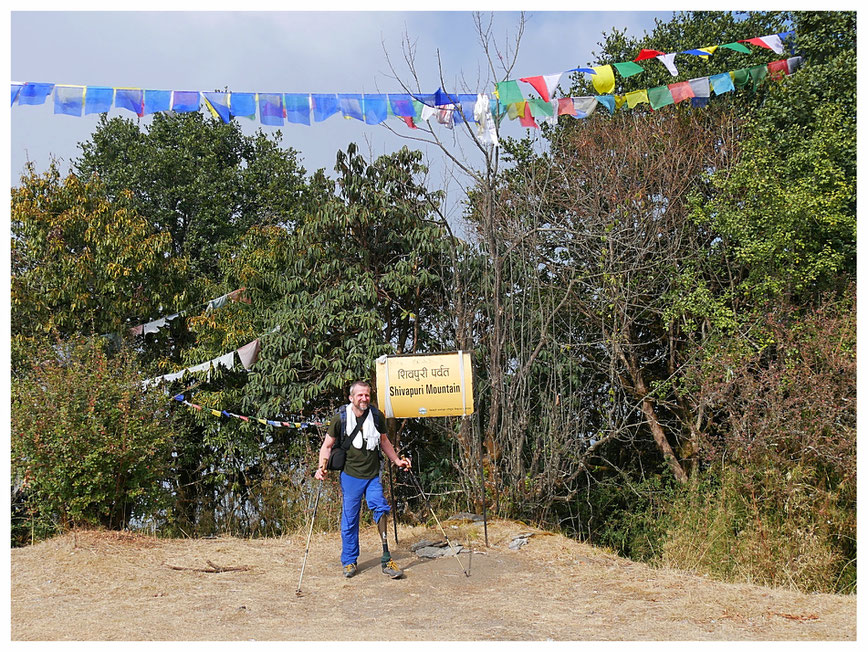
A Well-Fitting Socket Is The Key To An Adventurous Lifestyle
Here is a problem many active above knee amputees know all too well. A problem that is often overlooked as more and more attention is given to the newest developments around high-tech knees and other exciting advancements in the prosthetic sector. It’s the problem of a proper fit of the socket. It’s the key to using your prosthetic leg to its full potential. And how to deal with fluctuations in the volume of your residual limb - and thus with the fit of your socket.
Taking A Well-Fitting Socket For Granted
For the first six years after my amputation I was lucky to have a socket that fitted well. It allowed me to do what ever I wanted. Okay, there were the on and off sore spots on my stump,
especially when I was active and walking for longer periods of time. But nothing a few blister plasters and a bit of vaseline couldn’t deal with. I took it for grated that a snug yet still
comfortable fit is the norm. And that any limitations of living an active life were more down to my lack of commitment and training than to the actual prosthetic device. That was back
then.
A Well-Fitting Socket Seems To Be A Distant Memory
Now, let’s fast forward a few years to 2019. A well fitting socket seems to be a distant memory. And while many of you who regularly read my blog will find this hard to believe, I haven’t had a well-fitting socket since 2012/2013. My prosthetist and I have tried a whole range of approaches; anything from a traditional skin on socket vacuum to a classical liner system, from a heavily modulated socket to a liner system with additional seal-in rings. But so far in vain. Some sockets were great when I was active and out and about, but often fell off when I was at home. Others worked well in my day to day environment but were pretty useless when I took to the hills. In many ways a very frustrating experience.
The fact that I experience the fit of a socket very differently at various points of time throughout the course of a day does not really help. I still remember a day when I asked my wife for
assistance to join me pulling down at my donning aid in the morning in order to get into the socket (we did not manage) only to start pistoning and wobbling around in the very same socket a few
hours later. My lifestyle - often being abroad for weeks and far away from any prosthetist - does not help either to work towards an ideal fit.
Stop Whinging And Find A Solution
So over the years I have developed a variety of ways to deal with this challenge. Simple, easy to do options that I can use while on the road. Nothing that needs special equipment, hard-to-get materials or takes a long time. Options that allow me to be active and out in nature, despite the lack of a well-fitting socket.
As you can see in some of my hiking videos, the volume of my residual limb decreases over the course of the day. When I am out hiking I tend to sweat a lot. There is no realistic way I replace all this liquid while on the trek, further adding to a reduction of stub volume. As soon as I lose suction within my socket, my prosthesis starts to turn inwards (so I walk more and more over the outer edge of my foot). In addition I sink deeper into the socket, so the socket does not bear my body-weight correctly. As a consequence, walking becomes harder, I quickly develop sore and open spots on my residual limb and lose my ability to place my foot precisely as the prosthesis becomes increasingly loose. Not idea when you are out in the hills, in difficult terrain, carrying up to 17kg of gear, food and water.
But I found a simple solution for on the go. All it needs is some udder cream, a number of cut outs from old liners in various sizes and an additional seal-in ring (ideally one size smaller than your usual one). And here is how it works.

